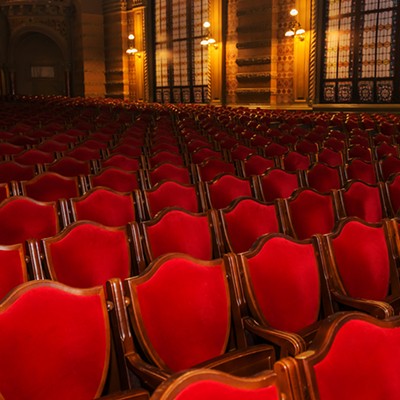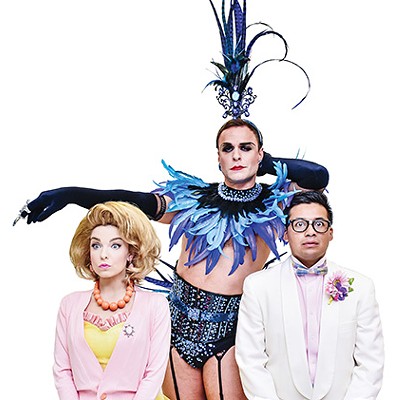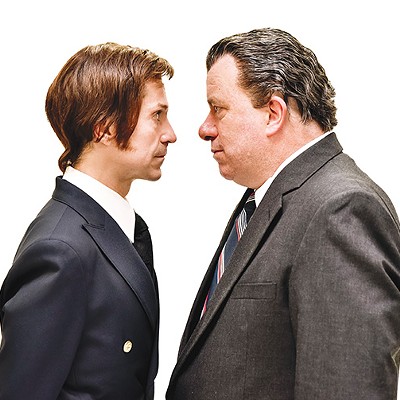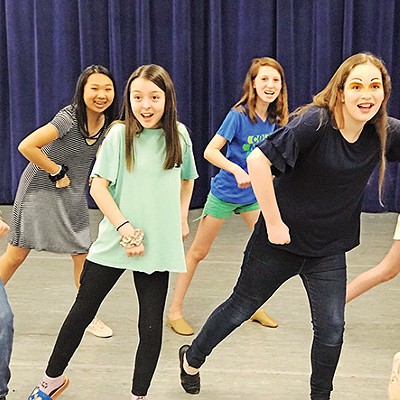With dancers nimbly lifting off the ground and drifting gracefully above the stage, it’s easy to get distracted by the beauty of the trapeze and miss the deceptively cerebral concepts of Perpetual Motion’s aerial piece, “Stillness at the Center.”
The troupe’s spring show, “Floored!,” premieres Friday on a revamped cube apparatus in a theater at Lyric at the Plaza. Audiences should not let the spectacle of four dancers suspended 6 feet above diminish the concept woven into Kim Kieffer-Williams’ piece.
“My point of departure for the cube piece is the mystical Islamic concept of finding the stillness at the center,” she said. “The Sufis do this physically by turning; Buddhists and yogis do this through still meditation. A circle is geometric and, as it turns, there is geometric space defined within. That is what the cube represents.”
Occupying two planes, the result is a flowing work that is dazzling, but still methodical and challenging. Perpetual Motion has made a name for itself through such aerial pieces, but Kieffer- Williams insisted it is just one facet of what the company does. Only three “Floored!” pieces feature aerial work, and the more grounded ones can be just as demanding.
To round out the company’s skill set, two guest choreographers were brought in, including Jordan Fuchs, an assistant professor of dance at Texas Woman’s University. His piece, “The Fives,” is a quintet of dances developed from improvisational exercises he conducted with Perpetual Motion during an intense, five-day period last fall.
“I don’t generally start with a theme or concept; I merely start with a direction of exploration or a question,” he said. “It’s a process of building the work, seeing what is happening in the work, and then responding to that. It’s only by seeing how the dancers are working with those ideas — seeing what is working well and what’s not working well — that
I get a sense of what the piece is.”
Being forced to adjust to different choreography styles is critical for the growth of the company, according to Kieffer-Williams. It not only allows the presentation of new material to audiences, but stretches the talents of the individual dancers.
“Guest artists bring new movement styles and choreography, which benefits the company members by expanding their dance experience,” she said. “Guests also bring their own and often unique creative process. … The dancers ultimately take this with them into their fruitier creative endeavors."












